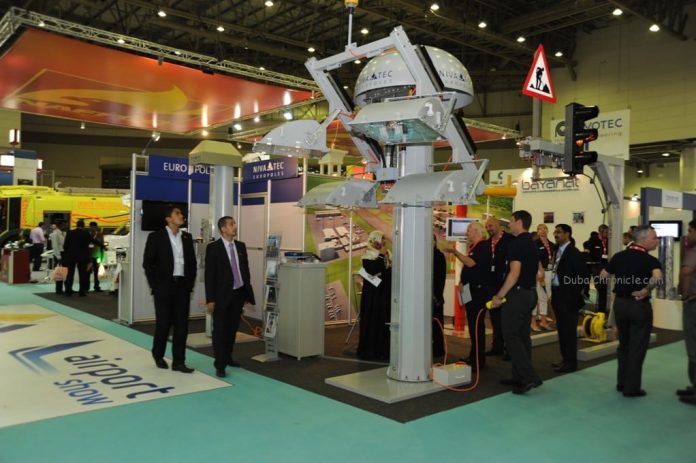
Dubai industrial sector is considered one of the city’s most resilient real estate markets, with rates remaining stable due to the lack of speculation in the market, according to Jones Lang LaSalle’s Dubai Real Estate Market report for the third quarter of 2013.
Rental rates in completed industrial units in Dubai currently vary significantly from one area to another, with no real standardization of logistics facilities. The older areas have maintained their average rents of AED 300 – 550 per sq m, due to their proximity to local markets, despite the poor quality of their stock and the relatively underdeveloped infrastructure systems. Completed units in newer, but more peripheral locations (such as DIC and DIP) have started to offer higher average rents as they are seeing increasing demand.
The free zone areas of Jebel Ali and Dubai Airport command a higher average of between AED 350 – 800 per sq m for completed warehousing units.
Demand is starting to shift towards those areas offering better quality products, well developed infrastructure and access to ports and/or airports (e.g. DIC, DIP, JAFZA). Al Maktoum International Airport will start transforming into an integrated logistics platform over time, increasing the attraction of industrial areas to the south of Dubai.
The industrial market has been much less cyclical than other sectors over recent years and continues to be dominated by long term commitments to single tenants.
Dubai industrial market overview has maintained its healthy growth and strong performance in Q3 2013. The growth of the industrial sector is mainly supported by the economic growth of Dubai, the “safe haven” status of the Emirate and the positive atmosphere surrounding the Expo 2020 bid.
The industrial sector in Dubai is also benefiting from the well-developed infrastructure in the Emirate and the rising aviation industry. The strength of the aviation sector can be highlighted by the following facts:
• Dubai International Airport is now the worlds second busiest airport by passenger traffic. Year to July passenger traffic reached 37,972,500, 15.3% more than the same period in 2012. Dubai International is also working to increase its capacity
• The new Al Maktoum International Airport is anticipated to be the largest in the world. It will have capacity for 160 million passengers and 12 million tons of cargo per year. The airport will start passenger flights by the end of October.
• Emirates Airlines continues to prove itself as a world leading airline. In 2012, the airline carried around 39 million passengers and 1.8 million tonnes of cargo.
The Dubai ports have also been contributing strongly to the growth of the industrial sector:
• Jebel Ali sea port opened its third terminal that will increase its capacity to 19 million TEU* a year. By 2014 Jebel Ali is expected to be the biggest port in the Middle East
• DP World handled 26.6 million TEU across its global portfolio in the first half of 2013.
• On the back of the growth in the aviation sector and the position of Dubai as a trading hub, DAFZA announced a 44% increase in demand for space in H1 2013. DAFZA noted an 11% y-o-y growth in expansion applications from existing tenants. European and American companies constitute 40% of DAFZA‟s tenants.
• DAFZA has been named the Middle East Free Zone of the Future 2013/14 by FDI magazine
Industrial supply & demand
Dubai industrial market activity appeared to be on the rise in Q3 2013 with a number of transactions recorded mostly in the new and modern industrial zones.
The market has observed an increase in demand in the last few months, with enquiries from both new entrants to the market as well as existing occupiers looking to expand their operations
With the traditional onshore areas such as Al Quoz or Ras Al Khor being saturated and ageing, the trend is increasingly shifting towards the newer are as such as Dubai Industrial City (DIC) and Dubai Investment Park (DIP) and the freezone locations such as the Jebel Ali Free Zone Authority (JAFZA) and Dubai Airport Free Zone Authority (DAFZA).
The newly developed areas such as DIC, DIP or Dubai World Central (DWC) offer large plots of land, suitable for the global occupiers who prefer to build their own units.
The old areas such Ras Al Khor or Al Qusais do not have large plots as land availability is scarce. The new areas also offer the following advantages: easy access and connectivity; proximity to major infrastructure projects; modern facilities and better quality products. A large number of enquiries for industrial space continues to emanate from food & beverage (F&B) companies.




































